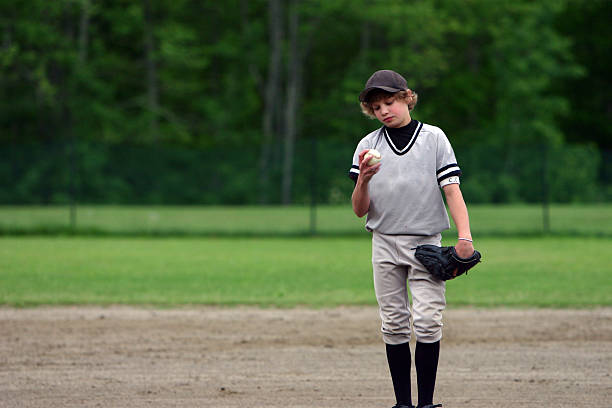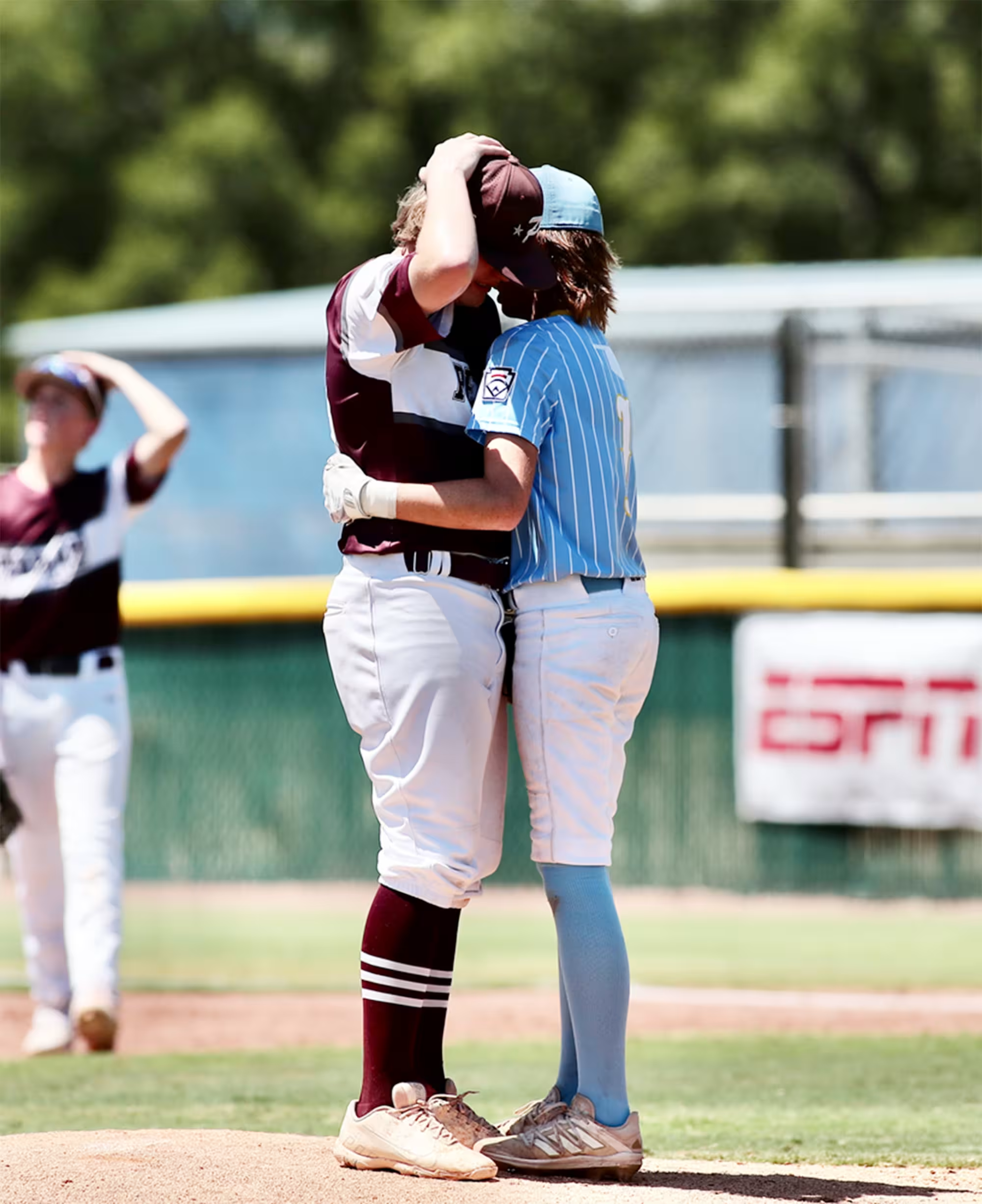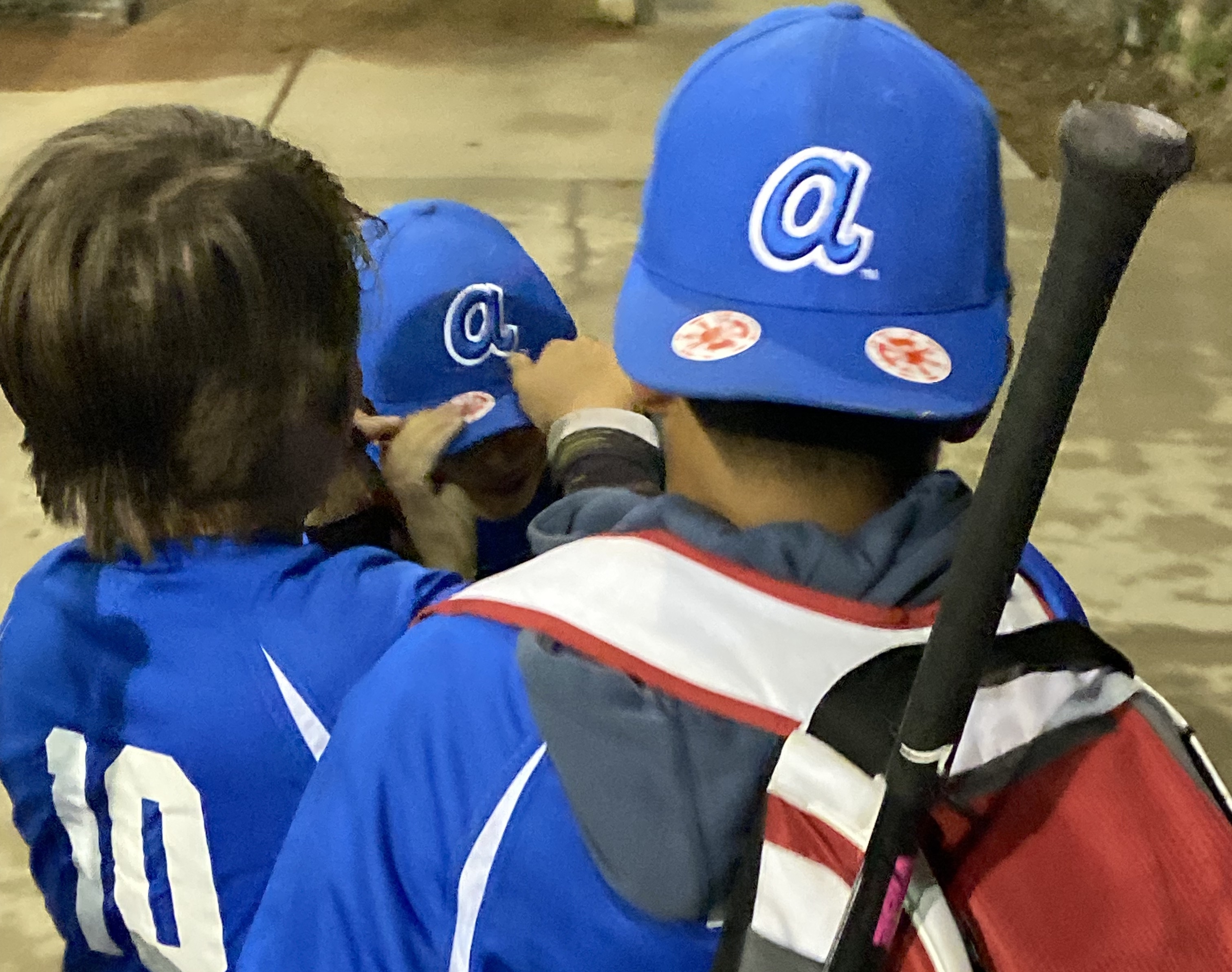Coaching the Tough Moments: Turning Negativity into Leadership

Coaching the Tough Moments: Turning Negativity into Leadership
When emotions run hot, how do you keep the team together? Instead of isolating the “mean kid,” turn them into a leader. Here’s how to build a culture where every player lifts each other up—plus, a real-life example of great sportsmanship in action.
Keeping the Team Together: Addressing Tough Behavior in Youth Baseball
Every coach, at some point, has had that moment—the sharp sting of watching one kid make another cry, the sinking feeling when a player tears into a teammate for missing a ball, or the frustration of seeing a kid get so down on themselves that they check out of the game entirely. Youth baseball is supposed to be about growth, teamwork, and fun, but when emotions run hot, things can spiral fast.
The challenge? Correcting bad behavior in a way that actually fixes the problem, instead of just isolating the “mean” kid and hoping for the best. Because if we’re not careful, all we end up doing is separating them from the team, which might make things quieter but doesn’t actually help anyone.
A Real-Life Example of Sportsmanship Done Right
In 2022, a Little League World Series game gave us one of the best examples of how kids can rise to the occasion. A pitcher accidentally hit a batter in the head with a fastball. It was an intense moment—one that could have led to anger, frustration, or even tears.
But what happened next? Instead of reacting negatively, the batter, Isaiah Jarvis, walked up to the shaken pitcher, who was clearly upset about what had happened, and gave him a hug. “You’re doing great,” he told him. That small moment changed everything.

It was the perfect example of how kids can do better—how they want to do better when given the right culture and guidance. The moment went viral because it was rare, but what if it wasn’t? What if we built teams where sportsmanship like that was the norm?
Step One: Address It Immediately, But Keep It Cool
When a kid makes another cry, yells at a teammate, or lashes out in frustration, my first rule is don’t ignore it. Pretending it didn’t happen sends the wrong message to everyone.
Instead, I call it out, right there in the moment:
- “Hey, we don’t talk to teammates like that. Let’s keep it positive.”
- “That’s not how we treat each other. Let’s try again.”
- “Hold up—do you think yelling at him is going to help him catch the next one?”
Step Two: Make It About the Team, Not Just the Individual
One mistake I see a lot of coaches make is pulling the “mean kid” aside and talking to them one-on-one while the rest of the team keeps playing. The problem? That isolates the kid and actually protects them from consequences while the rest of the team just tries to move on.
Instead, I like to pull the whole team in for a quick huddle:
- “Hey, guys, I just heard some frustration out there. Let’s remind ourselves what kind of team we are. Do we blame each other, or do we lift each other up?”
- “If someone makes an error, what’s our job? Do we make them feel worse, or do we help them get the next one?”
Step Three: Give Them a Path to Fix It
Once the heat of the moment has passed, I always try to loop back with the kid privately and give them a way to make things right.
- “I get that you were frustrated, but that’s not how we handle it. I need you to go tell your teammate that you’ve got their back.”
- “I know you care about winning, but tearing people down won’t get us there. How can you help make sure that next play goes better?”
Step Four: Flip It into Leadership
The best part? The same kid who lashes out in frustration wants to win. They just don’t know how to lead yet. If you guide them the right way, you can turn that energy into something positive.
- “I need you to help make sure no one on this team gets down on themselves. Can you be the guy that helps pick everyone up?”
- “You have a big voice out here. If you use it for good, the team will follow. Let’s see how that works next inning.”
Final Thought: Build a Culture Where This Stuff Doesn’t Happen
The best way to stop this from happening is to create a team culture where negativity just doesn’t fit. I do this by celebrating effort, not just success.
- We hype up a kid for getting in front of a ground ball, even if it eats them up.
- We give out stickers for Daring Mighty Things—trying something tough, even if it doesn’t work.
- We remind kids that baseball is a game of failure, and that nobody’s perfect.
The Isaiah Jarvis Moment Should Be the Standard
Think about the way Isaiah reacted in that Little League World Series moment. He had every right to be scared, frustrated, even angry. Instead, he saw the bigger picture. He knew the pitcher didn’t mean to hit him, and he chose to build him up instead of tearing him down.
That’s the kind of team culture we should all be working toward. One where mistakes don’t define players—how they respond does.
So next time you’ve got a kid who’s being a little too intense, don’t just shut them down. Redirect them. Teach them. Give them a way to be better. Because if you do it right, that kid might just turn into the heart of your team.

Back to Home